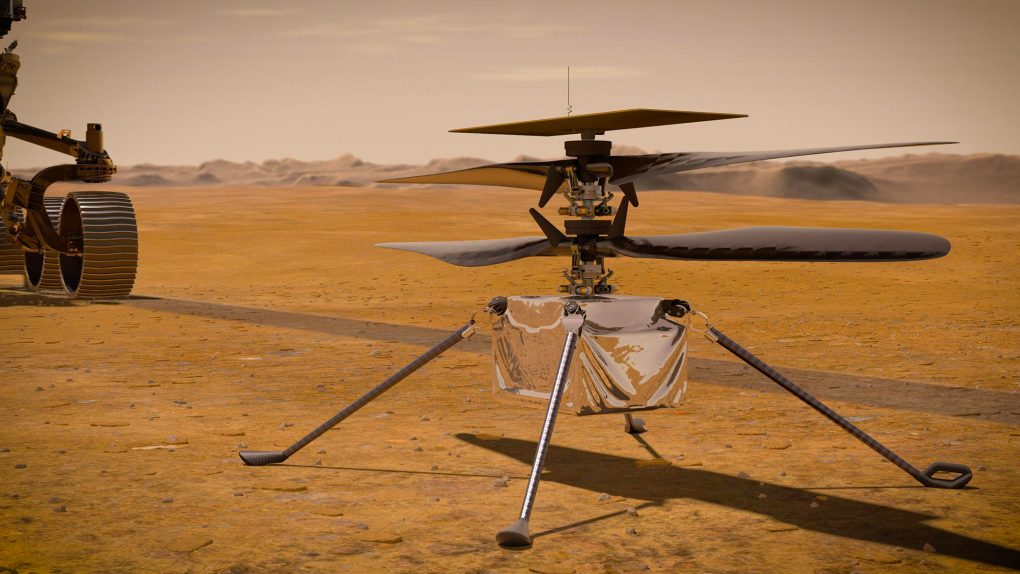The Mars Ingenuity helicopter has already accomplished a lot during its brief time on the Red Planet. It became the first manmade aircraft to sustain powered flight on another planet as well as the first aircraft to travel any distance on a world other than Earth. NASA has a very limited amount of time with which to play with its high-tech toy, so it’s been conducting new flights at a rapid pace. The third flight was the most impressive yet, with the aircraft traveling approximately 50 feet between takeoff and landing, and now we have a video of its journey.
In a new post on NASA’s website, the space agency shows off what its helicopter can truly do. The video, which lasts just over a minute, shows the helicopter taking off, sustaining a hover briefly, and then moving at a speed of 2 meters per second horizontally. It then returns to its takeoff location and lands softly and safely on the ground. The aircraft’s increasingly impressive demonstrations may give NASA and other space agencies around the world some idea of what an aerial exploration drone could do on Mars.
Check it out:
NASA’s Ingenuity Mars Helicopter continues to set records, flying faster and farther on Sunday, April 25, 2021 than in any tests it went through on Earth. The helicopter took off at 4:31 a.m. EDT (1:31 a.m. PDT), or 12:33 p.m. local Mars time, rising 16 feet (5 meters) – the same altitude as its second flight. Then it zipped downrange 164 feet (50 meters), just over half the length of a football field, reaching a top speed of 6.6 feet per second (2 meters per second).
The video is pretty awesome, but what’s even more important is what this successful test means for the future of aerial vehicles on Mars and other worlds. NASA didn’t just send this helicopter to Mars for fun. It did so because it wants to know how feasible it would be to replace a rover in a future mission with an autonomous aerial vehicle that could cover more distance at a faster pace while also facilitating scientific discoveries.
Rovers are great platforms for research because they’re packed with instruments and weight isn’t usually an issue. They can be as heavy as they need to be because once they land they travel very slowly. This works well for taking samples, analyzing material, and taking pretty pictures, but it’s not great for exploration. An aerial drone equipped with similar scientific hardware could explore a larger area of a planet in a shorter amount of time and potentially even make more discoveries than a rover could.
There are no current plants for aerial exploration of Mars using a powered aircraft like Ingenuity, but the more tests that the chopper passes, the greater the odds of seeing one in the future.








